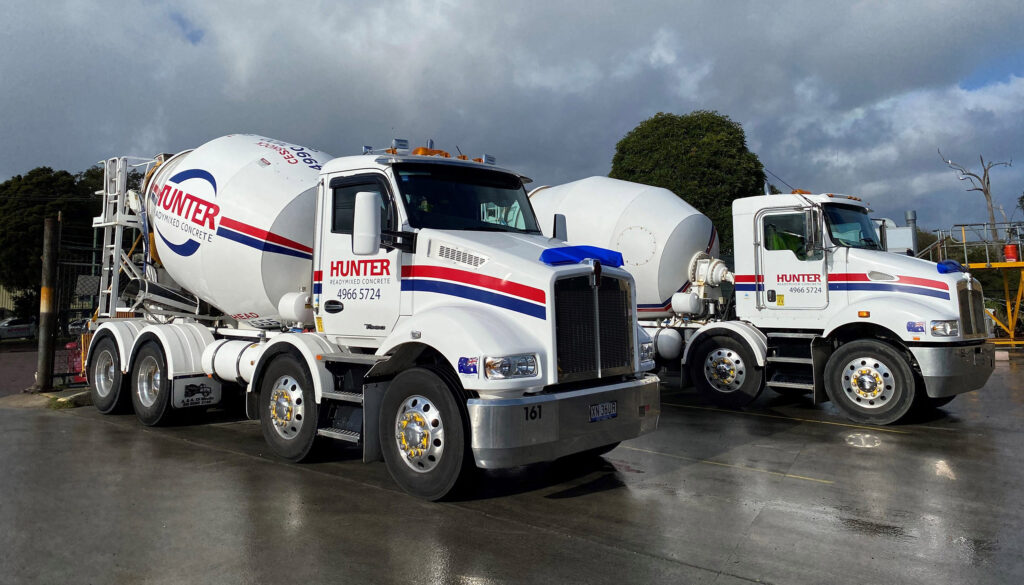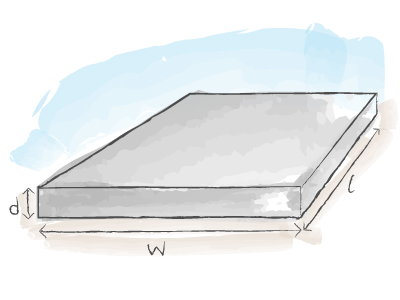How Will The Concrete Be Placed?
When ordering the concrete, the concrete supplier must be told how the concrete will be placed so that the correct concrete mix can be supplied.
The simplest method of placing concrete is to be able to discharge the concrete directly into its final position from the concrete truck, ie placement by chute.
If wheelbarrows will be used to transport the concrete from the truck to its final position, remember that 1 m3 of concrete = 1000 litres and weighs about 2400 kg. Using a conventional 50-litre-capacity wheelbarrow will take 20 trips and each wheelbarrow load will weigh about 120 kg. To make transporting the concrete easier, it is recommended to only half fill each wheelbarrow, even though it will double the number of trips.
Also, remember that the concrete supplier has a certain time to empty the truck. If emptying the concrete truck using wheelbarrows, check with the supplier at the time of ordering so you can plan (number of wheelbarrows and people required) to empty the truck in the time available.
Problems with access to the site may be overcome by using a concrete pump. This will require a specially designed concrete mix that will pass through the pump and pipeline properly.


